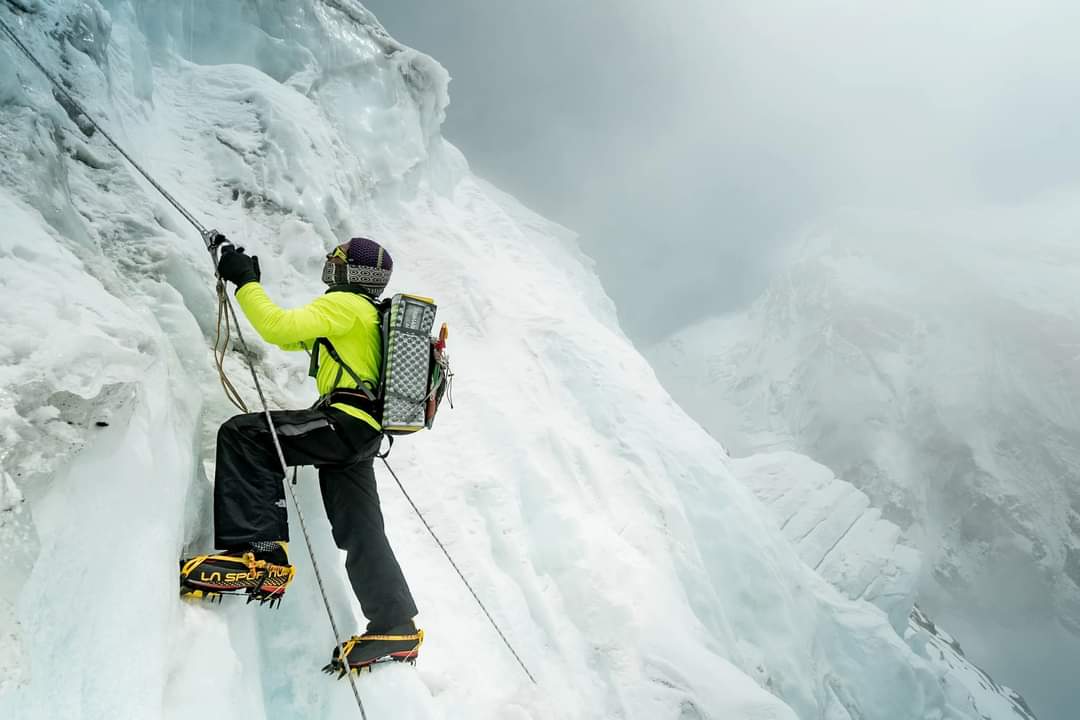
Autumn 2025 Trek Alert: Snow-Closures and Landslides on Nepal’s Beloved Trails
A Season of Surprises in the Himalayas
Autumn has always been Nepal’s most beloved trekking season. From late September to November, the skies are usually crystal clear, the air crisp and the mountains shining bright against golden hills. But Autumn 2025 has taken a dramatic turn. Unseasonal snowfall and sudden rainstorms have swept across multiple trekking regions causing landslides, flight disruptions and temporary trail closures. What was expected to be the busiest trekking period has become a challenging test of flexibility and resilience for both trekkers and guides.
The Annapurna Circuit: Early Snowfall and Route Disruptions
The Annapurna Circuit, one of Nepal’s most iconic trails, has seen unexpected changes this season. Heavy snow hit the Thorong La region earlier than usual well before mid-November. Reports from Manang and Yak Kharka mention snow piling up overnight forcing local authorities and trekking agencies to temporarily close the high pass for safety.
Trekkers caught on the route described surreal scenes: tea houses buried under white blankets, prayer flags frozen stiff and guides using ropes to navigate slippery slopes. Many groups had to turn back from Thorong Phedi choosing safety over summit photos.
Lower sections of the circuit around Chame, Pisang and Manang remain open and local lodges continue to serve stranded trekkers. Still, conditions are being closely monitored and those planning to cross the pass are advised to check the latest weather updates daily.
Langtang Valley: Minor Landslides but Open Trails
While Langtang has fared better than some regions it hasn’t escaped nature’s shake-up. Persistent rain in late October triggered a few minor landslides near Bamboo and Lama Hotel. The trails are passable but trekkers report detours and slower progress.
Local guides have stepped up once again clearing debris and creating alternative footpaths to keep the route open. The community spirit here is as strong as ever. Tea house owners continue welcoming travelers with warm dal bhat and endless cups of tea often sharing updates from other villages higher up the valley.
Despite the challenges trekkers reaching Kyanjin Gompa this year describe a quieter, more peaceful Langtang—snow-dusted peaks, prayer wheels half-buried in frost and the kind of raw beauty that feels both fragile and powerful.
Everest Region: Weather Delays and Flight Cancellations
In the Everest region, the main issue hasn’t been the trails, it’s getting there. Flights from Kathmandu and Ramechhap to Lukla have faced repeated cancellations due to unpredictable fog and strong crosswinds. Many trekkers have been stuck waiting for clear weather while others have chosen to fly by helicopter at higher costs.
Once on the trail conditions remain mostly stable below Namche Bazaar. However higher sections toward Tengboche and Dingboche have faced snow accumulation making the paths slippery and slower to cross. Some groups have rerouted or adjusted their itineraries to avoid high-altitude risks.
The local lodges have become safe havens with warm fires, stories of delayed flights and laughter echoing through the thin air. For many, the detours and delays have become part of the Himalayan adventure.
Manaslu and Other Restricted Treks: Permits Delayed and Trails Monitored
The Manaslu Circuit which has grown in popularity in recent years saw temporary permit delays early this season due to weather warnings. Several bridges along the lower sections near Deng and Namrung were damaged by minor landslides but have since been repaired. Authorities are maintaining regular monitoring to ensure the safety of trekkers and locals alike.
In the remote Dolpo and Kanchenjunga regions snowfall has made access difficult and only experienced trekkers with local support are advised to attempt these routes. Helicopter evacuations have been minimal so far but agencies are staying alert as the weather remains unstable.
How Locals and Agencies Are Responding
Nepal’s mountain communities have faced such challenges before and they continue to rise above them with grace. Local guides are working overtime to clear trails and guide trekkers safely through rough patches. Trekking agencies have been issuing frequent updates on social media, adjusting itineraries and ensuring stranded groups are well cared for.
The Trekking Agencies’ Association of Nepal (TAAN) has also requested all trekkers to check weather forecasts from the Department of Hydrology and Meteorology before heading into higher altitudes.
Safety Tips for Trekkers This Season
- Stay Flexible: Expect itinerary changes, extra rest days or rerouted paths.
- Get Reliable Updates: Follow official weather alerts and coordinate daily with your guide.
- Carry Winter Gear: Warm layers, crampons and waterproof boots are essential now even in mid-autumn.
- Be Patient with Flights: Lukla and Jomsom flights are unpredictable, plan extra buffer days.
- Listen to Locals: Guides and villagers know the terrain better than any map or forecast.
A Reminder from the Mountains
This year’s unpredictable autumn has been a humbling reminder of nature’s power. The Himalayas don’t bend to our plans, they teach us patience, respect and adaptability. Even in the middle of snow closures and landslides there’s beauty in how people come together: locals helping trekkers, strangers sharing food and warmth and the quiet resilience that fills the high valleys.
For those who love these mountains this isn’t a setback, it’s another story to tell. The trails may change but the spirit of trekking in Nepal remains unbroken.
